Swiss Replicas
Is Rolex Poorly Polished? Revealing The Truth About Polishing To You! Watch Replicas
However, when it comes to watching polishing, most refer to the polishing of the movement. The scope of polishing goes far beyond the movement. Polishing can also be seen on exterior parts such as watch cases and bracelets. The watch will be extremely rough and unwearable if it is not polished.

Swiss watches pay attention to details, and the center axis of the pointer will also be polished.
The polishing of some details can sometimes be used as a basis for judging the authenticity of a watch replicas. For example, take the pointer center axis as an example. Although it is a tiny component, Swiss watches are usually polished. However, fake watches are challenging to take care of such details as the pointer center axis due to cost, craftsmanship, and other reasons.
Beautiful and delicate movement polishing can significantly increase the added value of a watch. If we divide it according to its function, polishing can be divided into two types: functional polishing and decorative polishing.
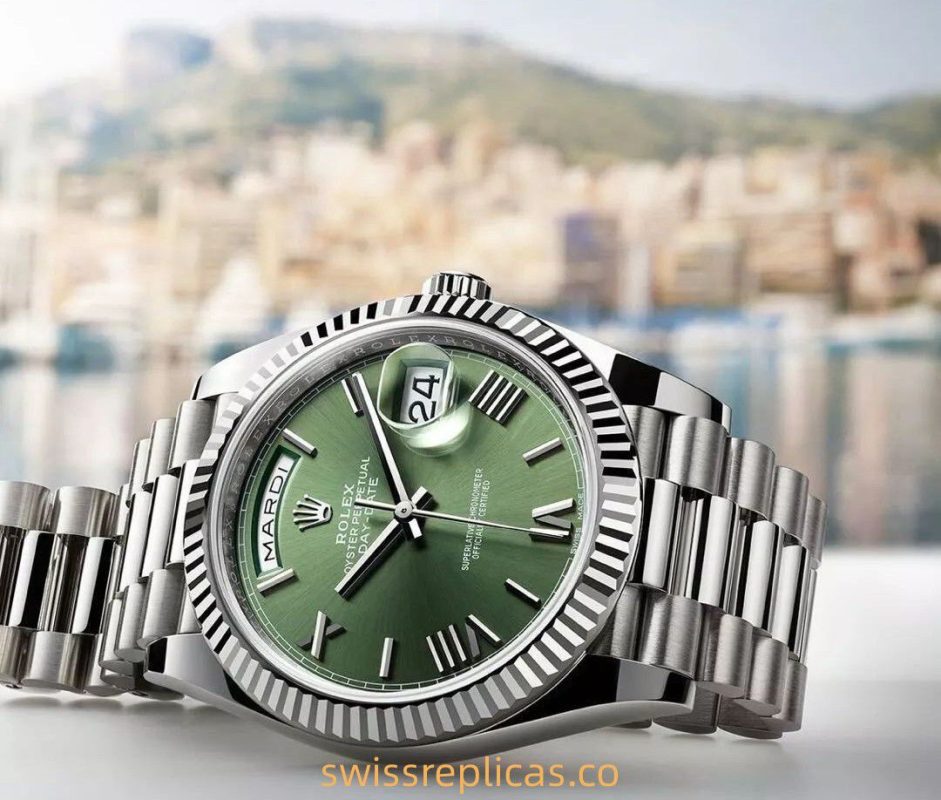
Rolex focuses on functional polishing.
Functional polishing is mainly practical. It can remove burrs left during the processing, enhance the anti-rust ability of the movement, and achieve the purpose of making the watch run accurately. Decorative polishing focuses on appearance and has nothing to do with the watch’s accuracy. Polishing that increases the added value of a watch is primarily decorative polishing. What needs to be noted here is that the two are not an either-or relationship. Sometimes, there is a certain degree of decoration in functional polishing and functionality in decorative polishing.
Many think that Rolex’s movement is not very polished and does not seem as “glossy” as some brands. This is mainly because Rolex focuses on functional polishing out of considerations of watchmaking philosophy. Rolex is positioned as a high-end practical watch. Its annual output is about 700,000-800,000. Suppose it pays attention to the decoration and beauty of the movement like some brands do and spends a lot of time and energy on decorative polishing. In that case, it will not only be challenging to guarantee such a large number of The annual output and cost are not allowed. Fake Rolex watches.
But Rolex’s polishing is perfect. Rolex is a watch with a dense bottom, so we cannot see the movement. But if we disassemble the Rolex movement and remove the upper plywood, we will find that Rolex has polished many places inside the movement.
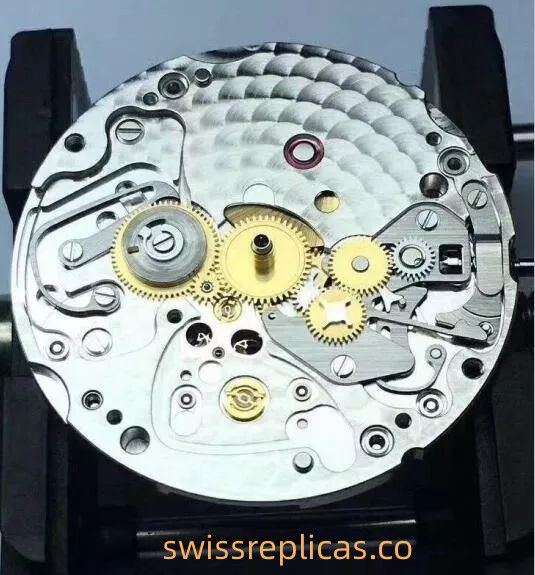
Many places inside the Rolex movement have been polished.
Some brands of the same level as Rolex have transparent bottoms and are beautifully polished, where we can see them with the naked eye. But where you can’t see it, it’s entirely superficial and can be said to be “inconsistent.” Therefore, Rolex’s polishing is relatively kind. Although it is not very beautiful, it is much more conscientious than some brands of the same level.
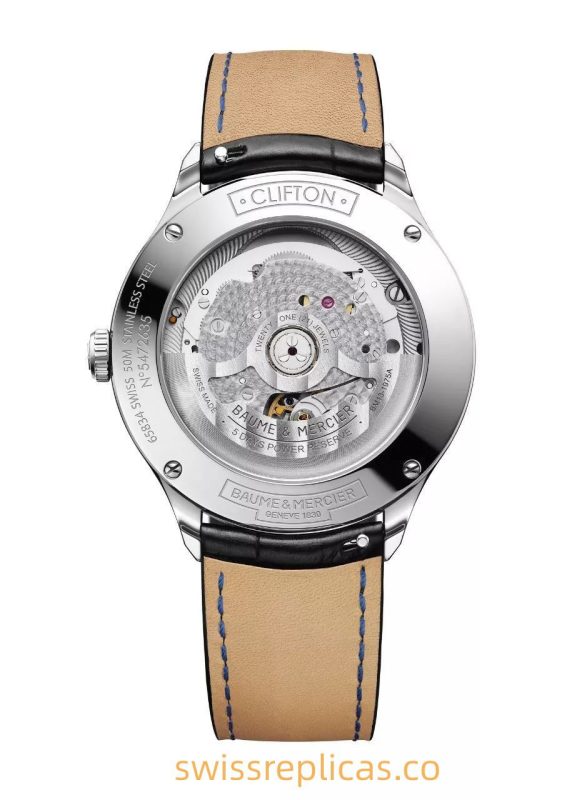
Plywood polished with dense fish scale pattern.
When it comes to polishing, the most common thing is fish scales. This is a relatively basic polishing technique. We can see fish scale patterns on Swiss watches at different prices and even on domestic watches. It looks like fish scales, one by one, densely distributed on the oscillating weight or plywood, giving it a complex beauty. If some watches are reluctant to use fish scales, there is no decoration on the movement, and they are as naked as if they are not wearing any clothes. We can know the value of this watch without even looking at the brand.
If the fish scale pattern is the polishing of entry-level movements, then the advanced version is considered Geneva ripples. This is more common in mid-to-high-end watches. Some entry-level brands, such as the oscillating weight, will be decorated with Geneva ripples on individual parts.
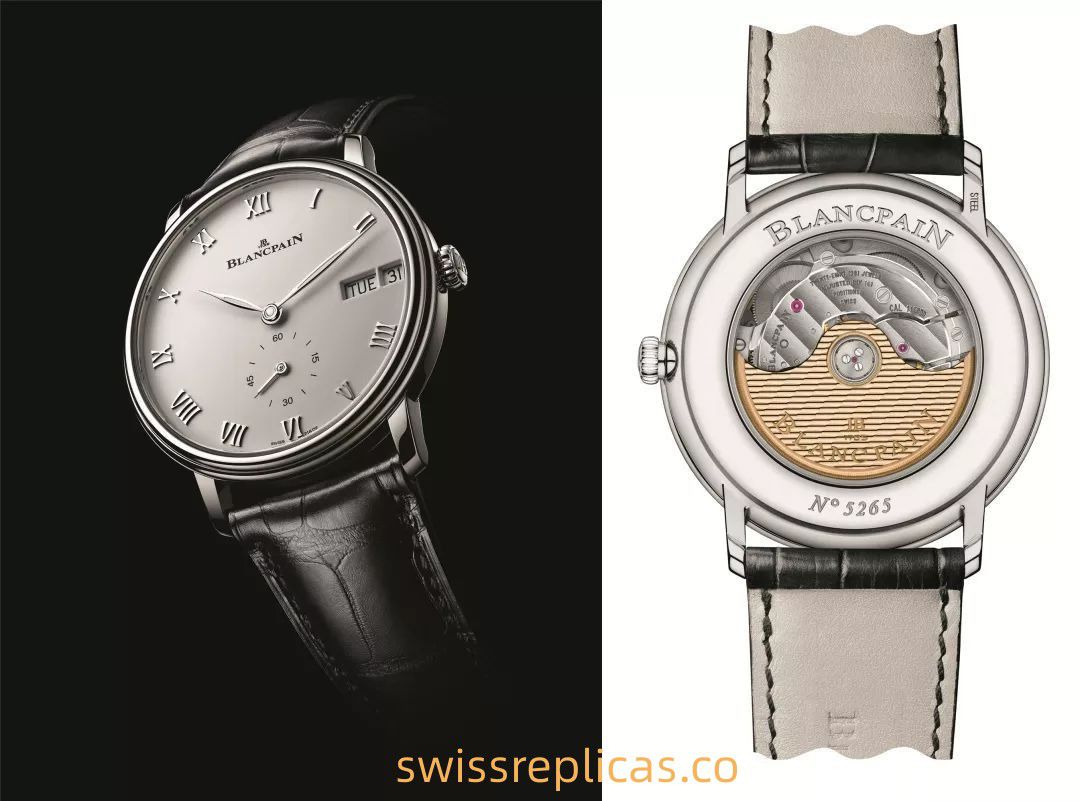
The movement splint of Blancpain’s “day-date” dual calendar display watch is polished with standard Côtes de Genève.
The name Geneva Ripples comes from the sparkling Lake Geneva. The most common Geneva ripples are parallel linear patterns, but they may not always be “straight” and can also be curved to form other styles, such as rings, radials, etc. For example, the Omega Master Coaxial movement uses radial Geneva ripples. It should be noted that some German brands also have fish scales and Geneva ripple polishing. However, the names may be other due to different origins, but the essence is the same.
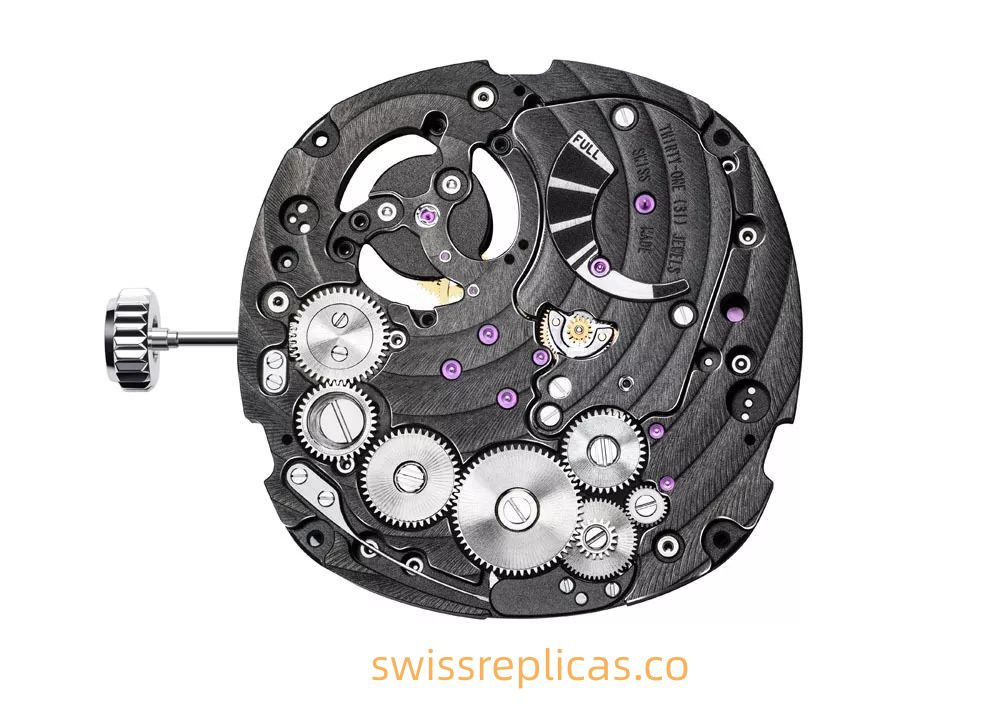
Piaget 700P movement polished with circular Côtes de Genève
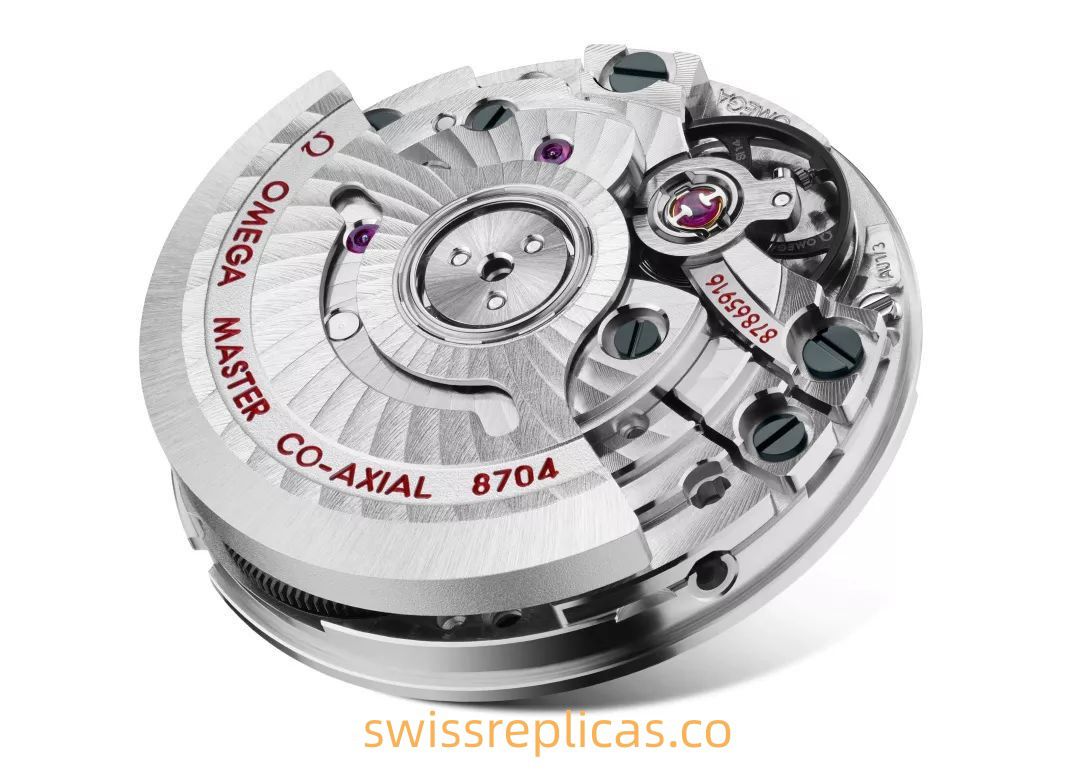
Omega 8704 Master Coaxial movement polished with radial Côtes de Genève
In addition to fish scale patterns and Geneva ripples, the patterns on the plywood also include brushed straight lines. In terms of shape, straight lines look like thin hair. After the plywood is touched and straight-grained, the texture is better. For example, Panerai’s plywood is often polished in this way.
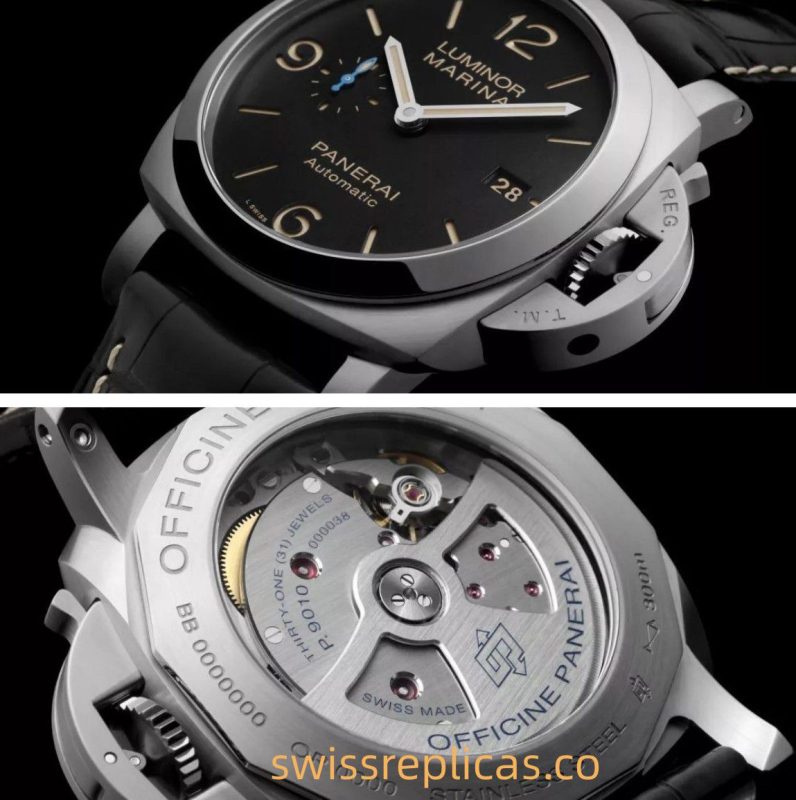
The movement of Panerai 1312 is polished with straight lines.
Although we can see these three types of polishing in many brands, it does not mean that the quality of each brand is the same. The reason is also straightforward. For example, many people can speak English now, but they also speak English. Can graduates from ordinary universities have the same level as simultaneous interpreters? Therefore, even if it is expected to fish scale patterns and Geneva ripples, there will be a big gap between entry-level and top brands.
Generally speaking, top brands are not only well polished, but their prices have also risen accordingly. For example, brands such as Vacheron Constantin, Patek Philippe, and Audemars Piguet, which sell for hundreds of thousands, can be easily purchased whether they are basic fish scale patterns or more advanced Geneva ripples, and Delicate and textured. Even if you observe it with an eyepiece, it can still stand the test.
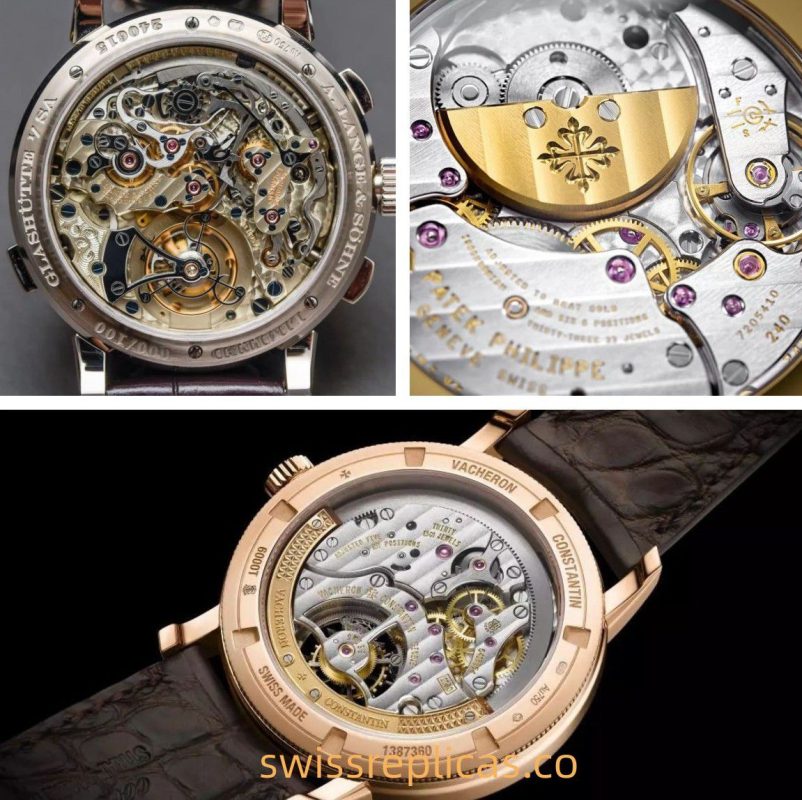
Round chamfering appears in top watches.
The chamfering and polishing of the plywood edges is even more effective. Chamfering is a process that softens sharp right angles and can be called an advanced polishing technique. The edges of plywood that are not chamfered are often at a 90-degree angle and are very strong. In some mid-to-high-end brands, the edges of the plywood are usually chamfered. According to the shape of the chamfer, there are oblique chamfers and round chamfers.
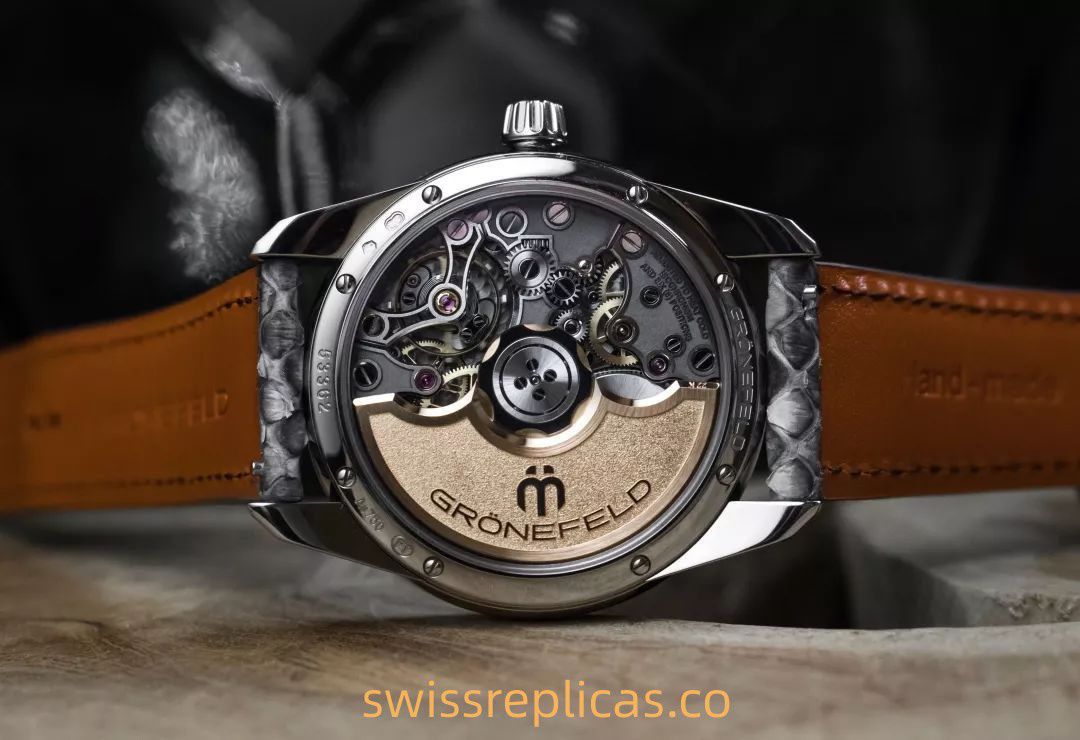
The independent watchmaker brand GrÖnefeld polishes the chamfers in the movement.
Bevel chamfering is based on the 90-degree right angle of the edge of the plywood, filing the slope, and then carefully polishing it with tools. What is genuinely advanced and ornamental is the rounded chamfer. Thanks to the exquisite skills of the watchmaker, the original sharp plywood edges are entirely invisible, replaced by a pleasing and excellent “round.” Filleting is also one of the most challenging processes in grinding.
One of the difficulties in the chamfering process is the control of the “heat.” If the force is too high, the part will easily deform, and if the force is too small, the chamfering effect will not be good. Brands such as Patek Philippe, Lange, and Vacheron Constantin can all make round chamfers.
Independent watchmakers like Philippe Dufour, Romain Gauthier, and GrÖnefeld are especially good at chamfering. It can be said that brands making smooth and delicate round chamfers must be top brands.
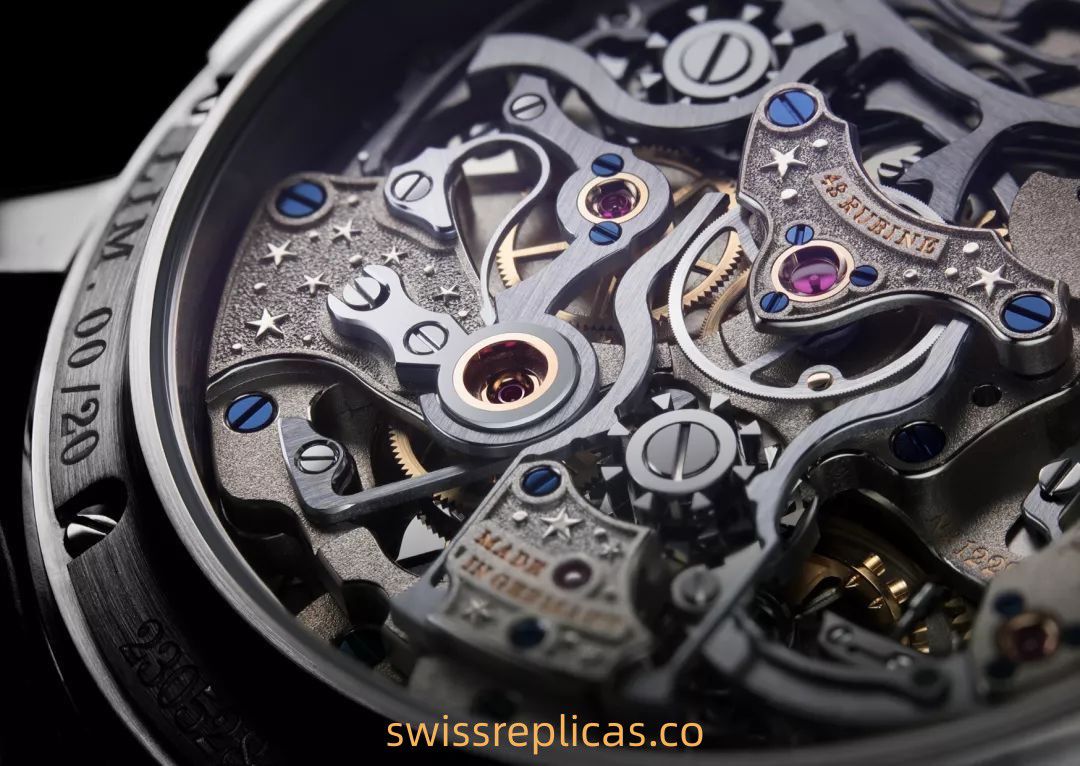
We often ignore the chamfering in some places, such as the holes in the plywood. Friends familiar with the structure of mechanical watches know that an automatic movement is a bit like a “sandwich” consisting of several upper and lower plywood. The plywood is fixed with screws, and the “home” of the screws is in these holes. In addition, gem bearings that reduce friction and improve durability are also installed in the holes. Therefore, despite their small size, these pores have significant effects.
High-end watches always pay attention to details, and the holes in the plywood and every screw are not missed. These holes must first be chiseled out using specialized machines, and then burrs and imperfections must be removed and chamfered.
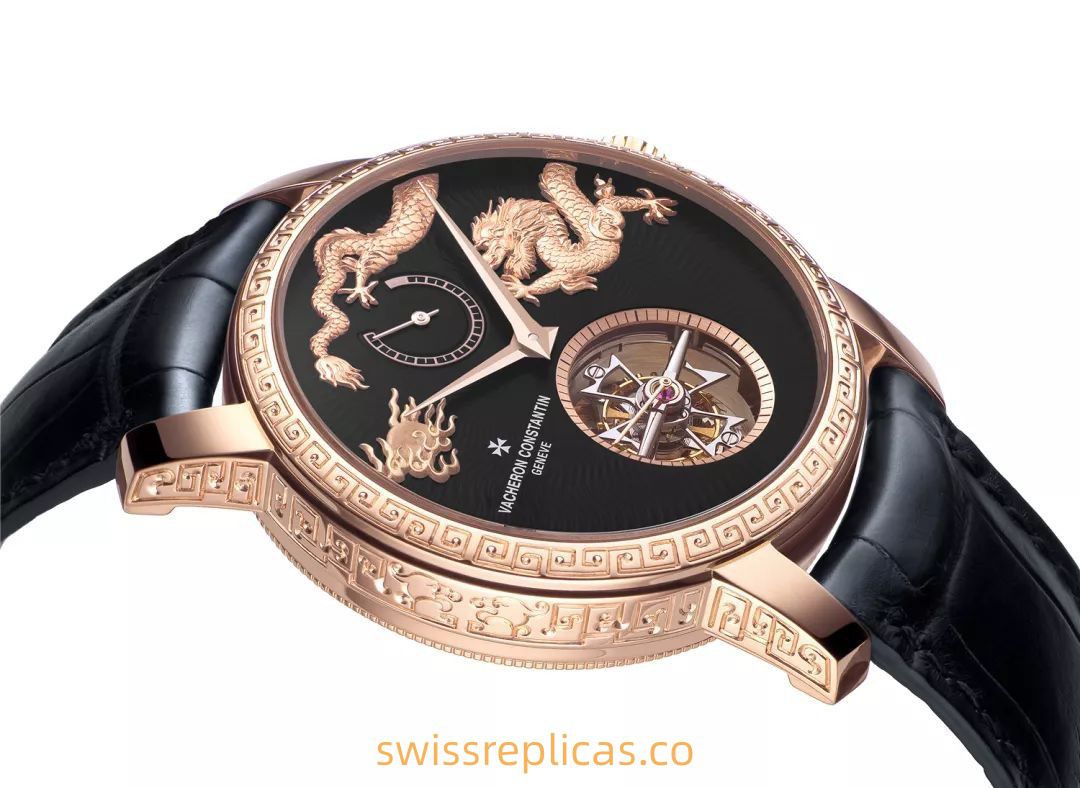
The tourbillon bracket of the Vacheron Constantin Heritage Tourbillon “Xianglong Yuzhu” watch is polished black.
Another complex polishing process is called black polishing, also called mirror polishing. It is called black polishing because the surface of the parts after such polishing appears completely black at a certain angle. Black polish is usually only used for steel parts, such as the tourbillon bracket, screws on the plywood, etc. Many of the screws of high-end mechanical watches are polished black and are very beautiful. Of course, such screws are not cheap; some even cost tens of Swiss francs each. After all, you get what you pay for, and to enjoy good things, you must pay a corresponding price.
Mechanical watches bring people beautiful enjoyment, mainly through decorative polishing and traditional crafts. If it lacks exquisite polishing, the charm of an automatic watch may be reduced by more than half.
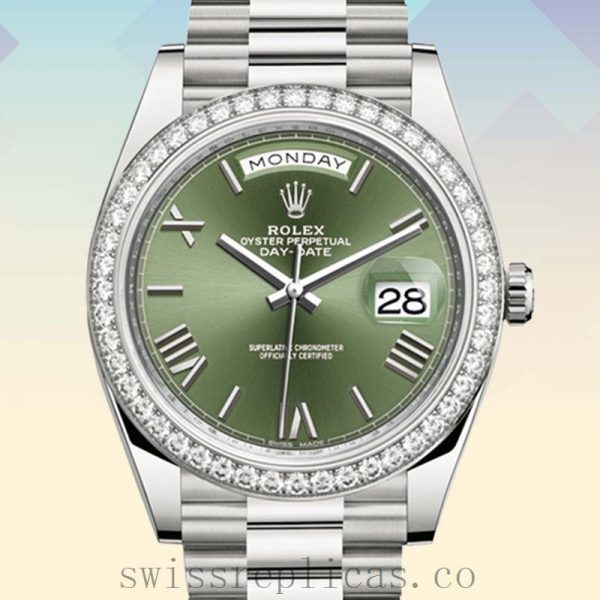
Case Size: 40mm
Brand: Rolex
Movement: Automatic
Engine: Rolex Calibre 2836/2813
Band Length: 18.5cm
Case Color: Silver-tone
Series: Day-Date
Model: 228349GNRP
Gender: Men’s

